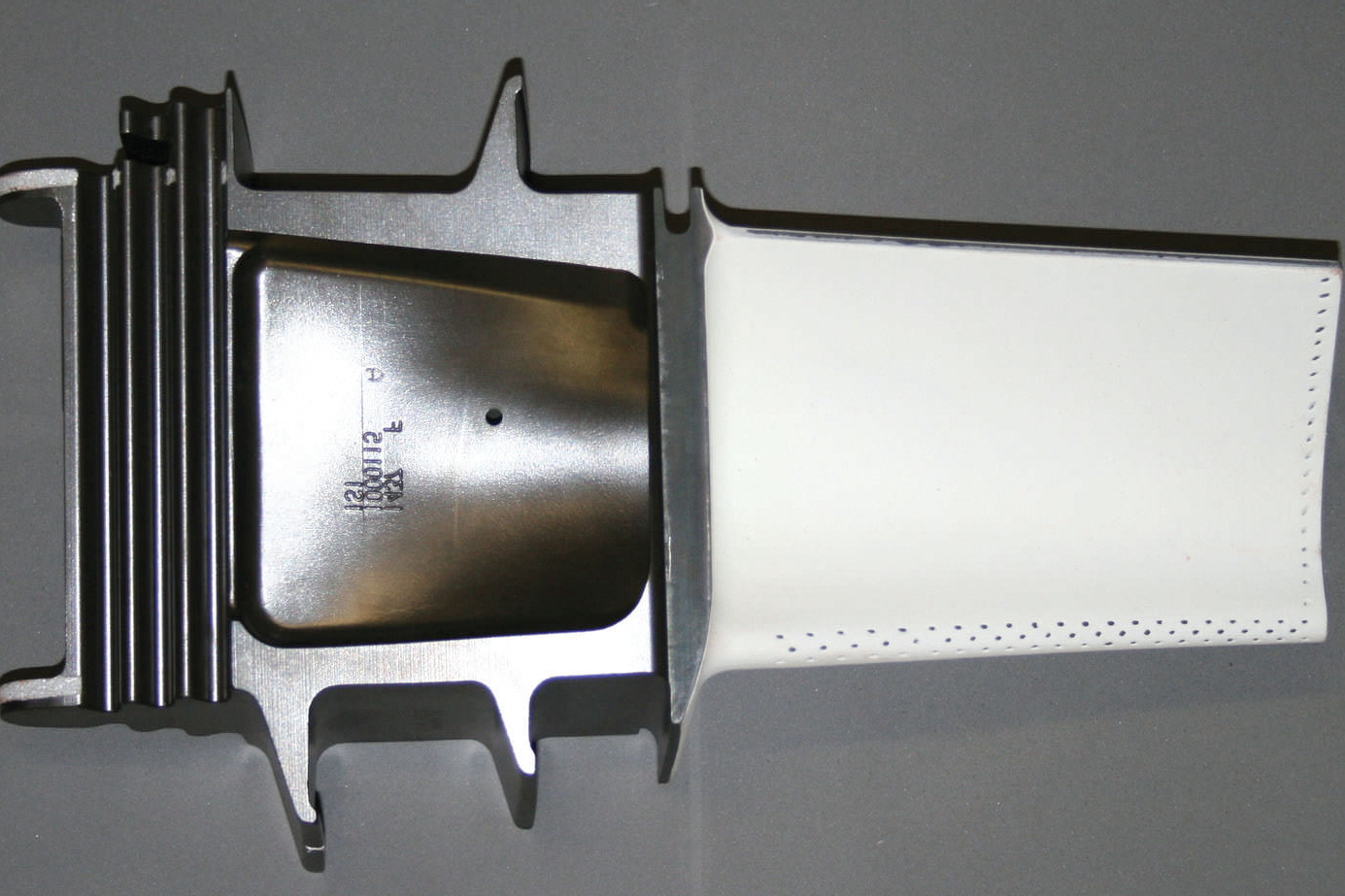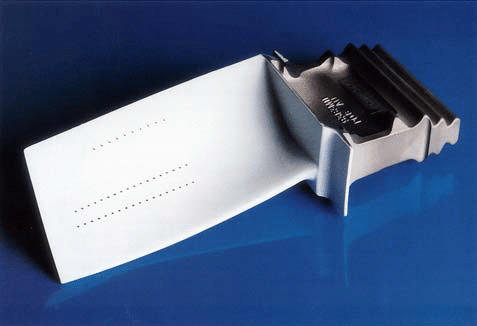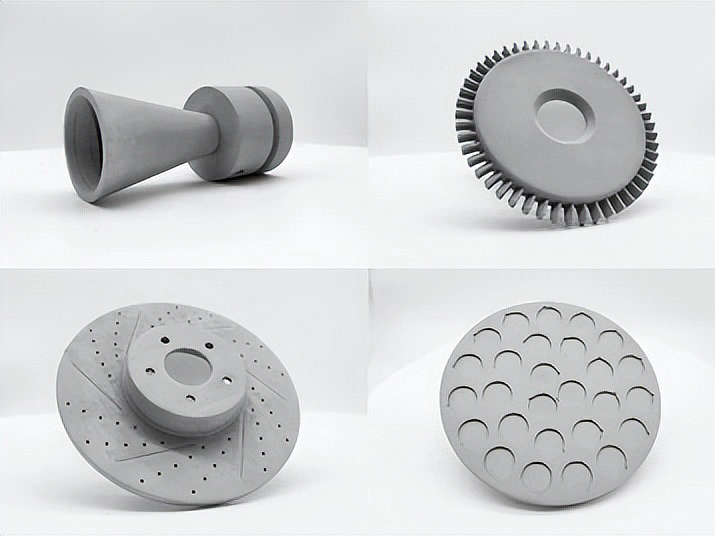Which 3D printing technology is best for producing high-precision ceramic parts?
Which 3D Printing Technology Is Best for Producing High-Precision Ceramic Parts?
Optimal Technology: Vat Photopolymerization with Ceramic-Filled Resins
For high-precision ceramic components, Vat Photopolymerization—especially technologies like Stereolithography (SLA) and Digital Light Processing (DLP)—is the preferred choice. These processes use photosensitive ceramic-filled resins that are cured layer by layer with a high-resolution light source, followed by debinding and sintering to produce dense ceramic parts.
Typical dimensional accuracies can reach ±25–50 µm, with surface finishes under Ra 5 µm, making them suitable for medical, electronics, and microfluidic applications.
Suitable Ceramic Materials
Common high-performance ceramics used in vat photopolymerization include:
Alumina (Al₂O₃): High dielectric strength and wear resistance
Zirconia (ZrO₂): Excellent fracture toughness and biocompatibility
Silicon Nitride (Si₃N₄): Superior thermal shock resistance and mechanical strength
Hydroxyapatite (HA): Bioactive ceramic for dental and orthopedic components
These materials retain over 95% theoretical density after sintering, with properties comparable to conventionally manufactured ceramics.
Comparison with Other Ceramic 3D Printing Technologies
Technology | Precision | Post-Processing | Best For |
|---|---|---|---|
Vat Photopolymerization | ±25–50 µm | Debinding + sintering | High-precision functional parts |
Binder Jetting | ±100–150 µm | Sintering + infiltration | Large batches, lower precision needs |
Material Extrusion (FDC) | ±200 µm | Debinding + sintering | Prototypes and lower-complexity parts |
Customer-Oriented Solutions and Services
To deliver high-precision ceramic parts, we provide:
3D Printing Technologies:
Explore our Ceramic 3D Printing service under the full scope of 3D Printing Services, which includes vat photopolymerization processes optimized for accuracy and material performance.
Advanced Ceramic Materials:
Choose from a wide selection of technical ceramics including Alumina, Zirconia, and Silicon Carbide based on your performance and application needs.
Industry Applications and Finishing:
Discover precision use cases in medical and healthcare, consumer electronics, and research and education, supported by advanced surface treatment and CNC machining.



